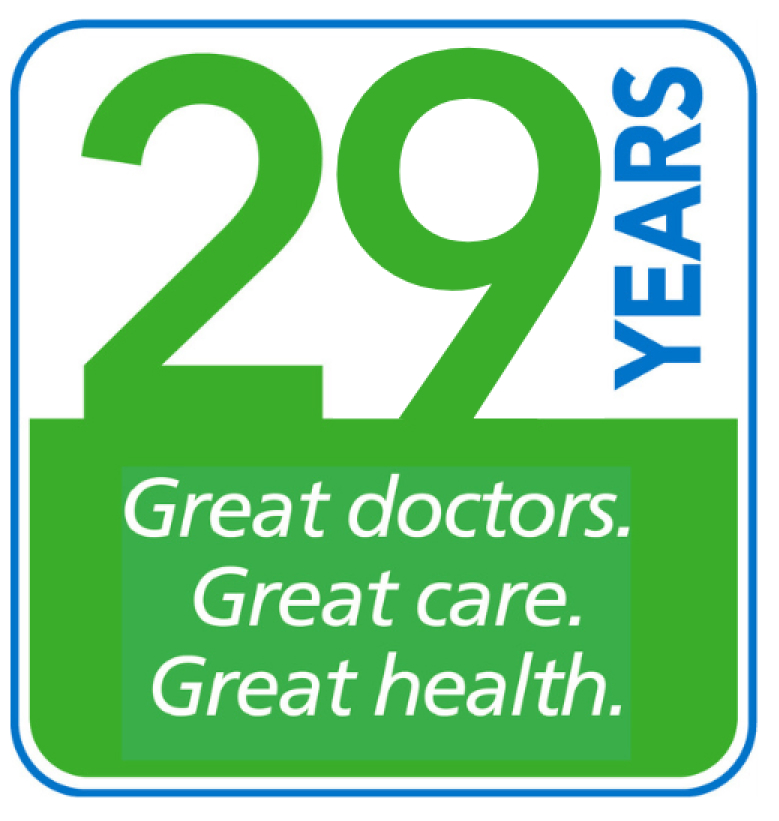It starts with a phone call, an unexpected email, or even a friendly knock at the door. Before you know it, someone’s after your money or worse, your health information.
Scams have gotten bolder, sneakier and in some cases, dangerously personal. These scams can leave both your health, safety and finances in jeopardy.
You can protect yourself and your loved ones by staying up to date with the most common scams happening right now.
To help you stay protected, I’ve compiled a detailed list of the top three scams that are currently targeting patients. Being aware of these common fraud tactics can help you recognize the warning signs early and avoid becoming a victim.
Text Message, Email, and Phone Scams
These scams use email (phishing), phone calls (vishing), and text messages (smishing) to trick you into giving up personal or financial information, especially Medicare or Social Security numbers.
Scammers may say:
- “There’s a problem with your Medicare account.”
- “You’ve won a free health product!”
- “Click here to refill your prescription.”
- “You’re eligible for a refund”.
These messages often look real but are designed to steal your identity or money. After healthcare data breaches, scammers pretend to be your doctor’s office or insurer and ask you to “verify” sensitive details.
Red flags:
- Generic greetings like “Dear Patient” or “This is Medicare.gov”
- Spelling or grammar mistakes
- Asking you to click on a suspicious link
- Unsolicited calls about medical equipment or tests
- Threats that your Medicare benefits will be canceled
- Requests for your full Medicare or Social Security number
Tip: Never click on links or give out personal information unless you’re sure who you’re talking to. Medicare and Medicaid will never call you asking for personal information out of the blue. Hang up and report it. Call your provider or insurance company directly if you’re unsure
Door-to-Door Scams
Some scammers take it offline literally knocking on your door. They may claim they’re offering “free” medical equipment or want to help you with home repairs, homecare, or cleaning services through Medicare or Medicaid.
Their goal: Gain your trust to steal your personal info, steal prescription medication or charge outrageous fees for work they never do.
Red flags:
- Requests for Medicare/Medicaid details at your door
- Asking your diagnosis or the names of medications you’re taking.
- High-pressure sales tactics
- No business cards or verifiable credentials
Tip: Don’t sign anything or share personal info with someone who shows up uninvited. Always check with your provider before accepting any services. If you are unsure, run it by someone you trust.
Scams by Caregivers or Family Members
Unfortunately, not all threats come from outsiders sometimes, they come from people you know and trust. This type of scam is one of the most heartbreaking and underreported types of fraud.
What it looks like:
A trusted person may begin by helping with errands, managing medications, or making purchases on your behalf. You might give them access to your debit or credit card to buy groceries or household items only to find more money withdrawn than expected. Unexplained bank withdrawals or missing funds may follow.
Over time, they could pressure you into signing legal documents, changing your will or even the deed to your home. You might notice your prescription bottles are empty too soon, or personal belongings go missing. Some scammers go further by taking your phone, isolating you from others, or creating confusion to make you doubt your own memory.
Watch out for:
- Missing medications or valuables
- A sudden shift in who controls your money
- Feeling isolated or pressured by someone who says they’re helping
Tip: Stay connected with multiple trusted people. If one person tries to control all your communication or finances, that’s a red flag.
Stay Safe, Stay Informed
Scams like these are designed to confuse, pressure, or scare you. Knowledge is your best defense. Here are a few final tips:
- Shred old bills and documents with personal info
- If someone is rushing you to act, take a moment to pause and think
- Set up transaction alerts with your bank
- Talk regularly with someone you trust about finances and health
- Report suspicious activity to Medicare (1-800-MEDICARE) or the FTC (reportfraud.ftc.gov)
- If you’re concerned that you or someone you know may be experiencing abuse, you can reach out to Adult Protective Services (APS). APS is a program focused on safeguarding adults aged 18 and older who may be at risk of abuse, neglect, or exploitation. Call 1-800-917-7383 (24/7) or https://dhs.maryland.gov/office-of-adult-services/adult-protective-services/.
- In case of an immediate emergency, please call 911 right away.
Maryland Primary Care Physicians will only contact you using recognized office numbers. If you are ever uncertain about a communication, please contact your local office or our billing department directly at 410-729-2642.
To report any concerns related to fraud, waste, or abuse, please reach out to our Compliance Manager, Michelle Lubin, at [email protected].






